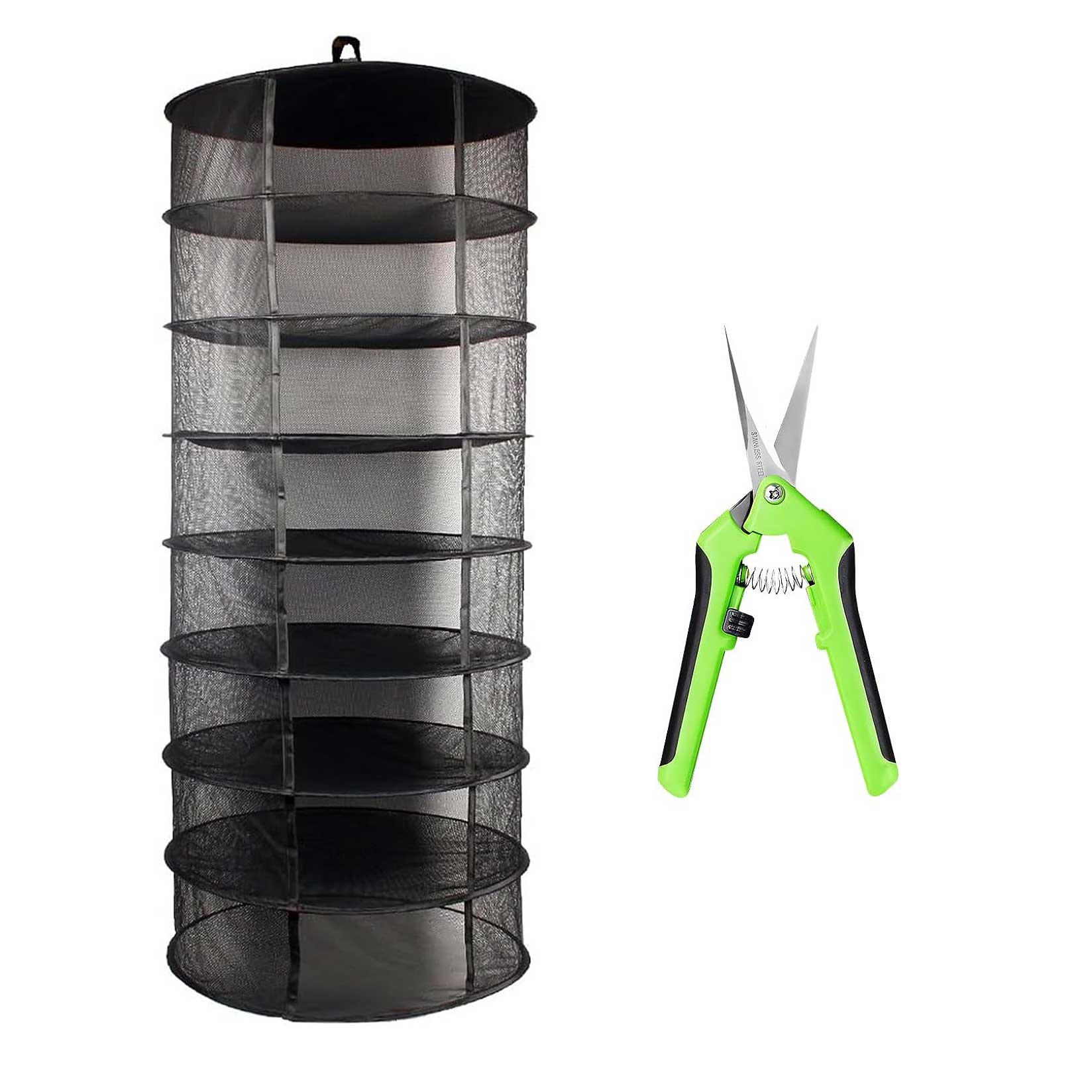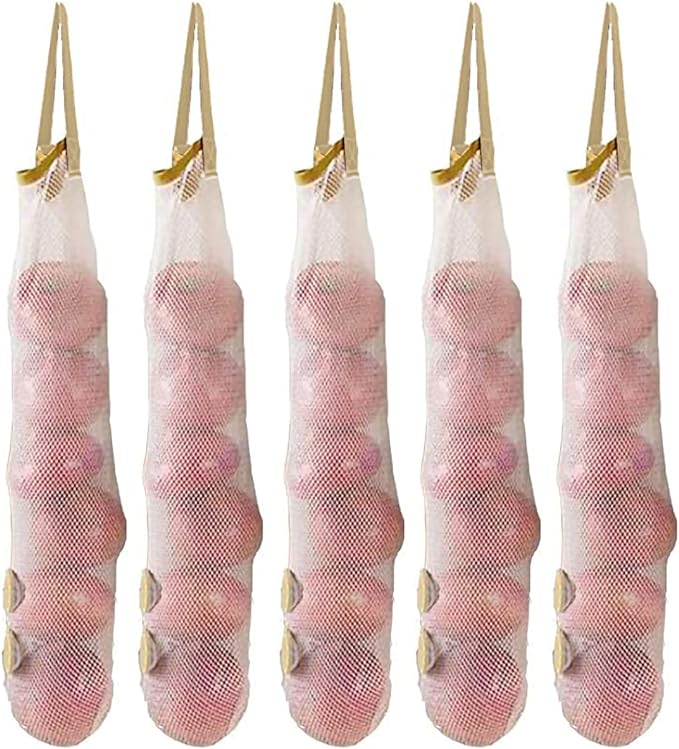How to dry your homegrown onions and garlic so that you can use them all winter
Follow this expert advice and enjoy a steady supply of home-grown alliums past next spring
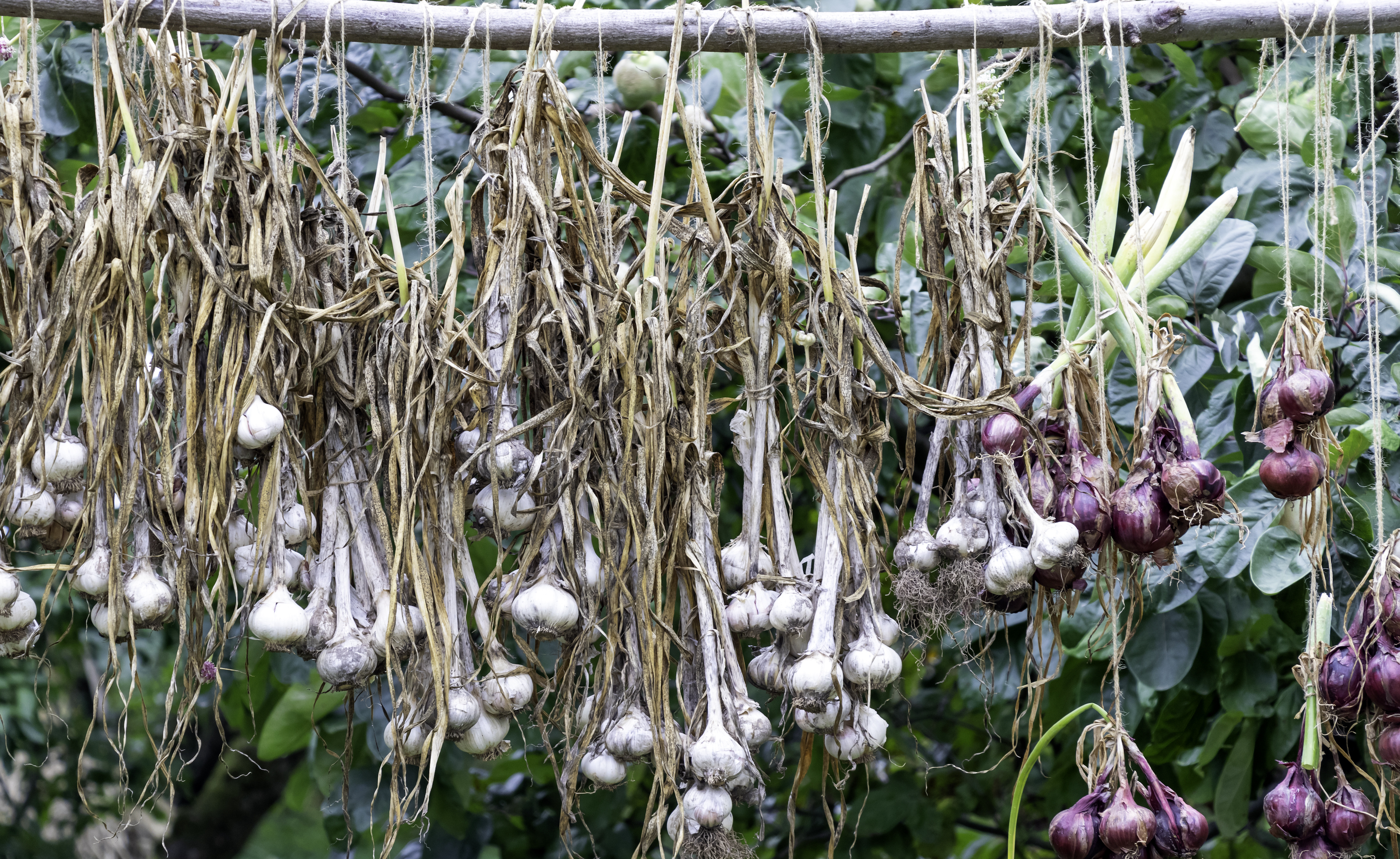
One of the benefits of growing your own fruit and vegetables is having a steady flow of home-grown crops to enjoy throughout fall and winter.
Aside from pickling, preserving or freezing a bumper harvest immediately, there are other ways to prolong the life of certain crops from your vegetable garden. In fact, knowing how to dry your onion and garlic crops for use all winter is essential, if you don't want your hard work to go to waste.
Follow the advice of our Maryland-based gardening expert Robin Phelps, founder, of Sow Many Plants and you'll be able to eat and enjoy your alliums into next spring and beyond.
'Garlic and onions are some of my favorite crops to grow in the vegetable garden because of how long they last in storage after harvesting and proper curing,' says Robin. 'My family uses them almost daily when we are cooking. With the correct drying, curing, and storage conditions, onions and garlic can last 6-8 months or even longer.'
How to dry your onion and garlic crops
What you'll need:
Mesh Bags or Racks 'These provide good airflow around the bulbs,' says Robin. 'I personally use something like this Herb Drying Rack from Amazon when I am curing my onions and garlic. You could also use a shelving unit that has wire shelves or shelves with holes in them for ventilation.'
Brown Paper Bags or Onion/Garlic Nets: 'These are useful for storing cured bulbs,' says Robin. 'I generally use something like this Onion Garlic Mesh Bag from Amazon.'
The Livingetc newsletters are your inside source for what’s shaping interiors now - and what’s next. Discover trend forecasts, smart style ideas, and curated shopping inspiration that brings design to life. Subscribe today and stay ahead of the curve.
Well-Ventilated Space: An area with good air circulation is crucial for drying and curing.
String or Twine: For braiding and hanging garlic if desired.
1. Harvesting
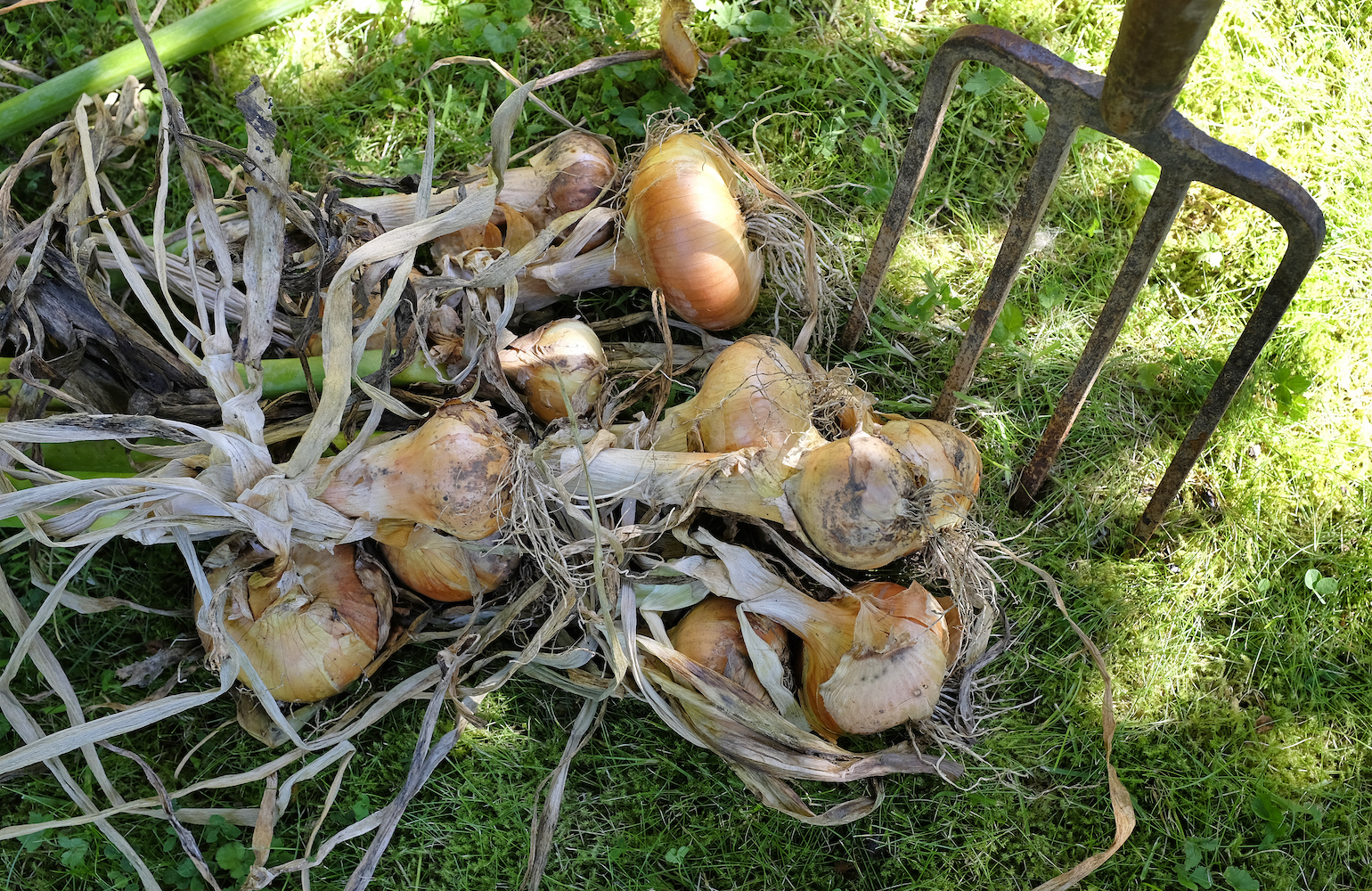
The timing of the harvest for both onions and garlic is a critical factor in ensuring their quality and longevity during storage.
'When harvesting onions, it's crucial to pay attention to the condition of the foliage (the green tops) and the bulbs themselves,' says Robin Phelps. 'The ideal time to harvest onions is when the tops have started to dry and yellow, but they are not completely withered.
'The green tops of onions serve as a conduit for energy and nutrients from the plant to the bulb. As the tops begin to dry and turn yellow, it's an indication that the onion has reached maturity, and the plant is redirecting its energy to the bulb for storage.
'Onions that are not completely withered still have some protective outer layers intact. This is important because these layers help shield the inner layers from moisture, pests, and physical damage during the curing and storage process.
'The bulbs should feel firm when gently squeezed or pressed. Soft or mushy bulbs may indicate rot or disease, making them unsuitable for long-term storage.
'Garlic is ready for harvest when a significant portion of its lower leaves have turned yellow or brown. This yellowing is an indicator that the plant has shifted its energy from leaf growth to bulb development.'
2. Cleaning
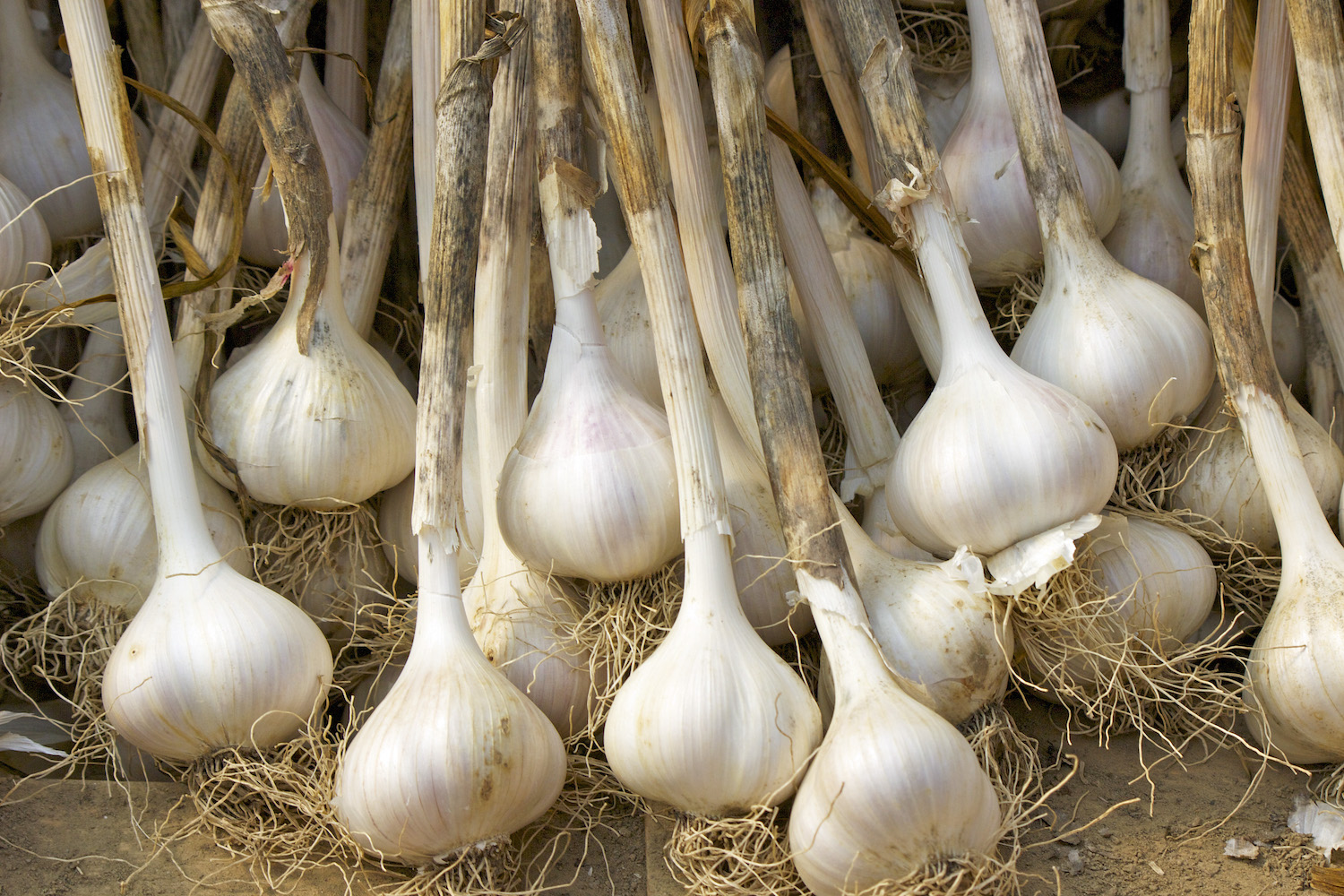
'Remove excess soil from the bulbs but avoid washing, as moisture can lead to rot during storage,' cautions Robin.
3. Curing

Properly drying and curing onions and garlic is essential for long-term storage. Without this process, the bulbs may rot or sprout prematurely, rendering them unusable.
'Place the bulbs in a well-ventilated, dry area with good air circulation,' says Robin. 'Hang them or use racks to keep them off the ground and avoid direct sunlight. Leave them to cure for 2-4 weeks. During this time, the outer layers will dry and the necks of onions will become tight. Softneck Garlic can be braided while the tops are still pliable for storage.
'Drying and curing reduces the moisture content within the bulbs,' explains Robin. 'Excess moisture can become a breeding ground for bacteria and fungi, leading to rot. Properly dried bulbs are less prone to decay during storage.'
When bulbs are inadequately dried, they can also sprout prematurely. 'This is particularly problematic for long-term storage, as sprouted bulbs not only become less flavorful but also develop a soft, fibrous center that is less appealing for cooking,' Robin says.
'By thoroughly drying the outer layers and allowing them to form a protective barrier, it creates an inhospitable environment for pathogens. Drying and curing also enhances the quality and flavor of onions and garlic,' the gardening expert adds. 'During the curing process, volatile compounds responsible for the characteristic flavors of these alliums develop and intensify, ensuring a robust taste when used in cooking,' continues Robin.
'Well-dried bulbs also retain their shape and color, making them more visually appealing for culinary preparations and ensuring that they are in top condition when you're ready to use them.'
4. Trimming
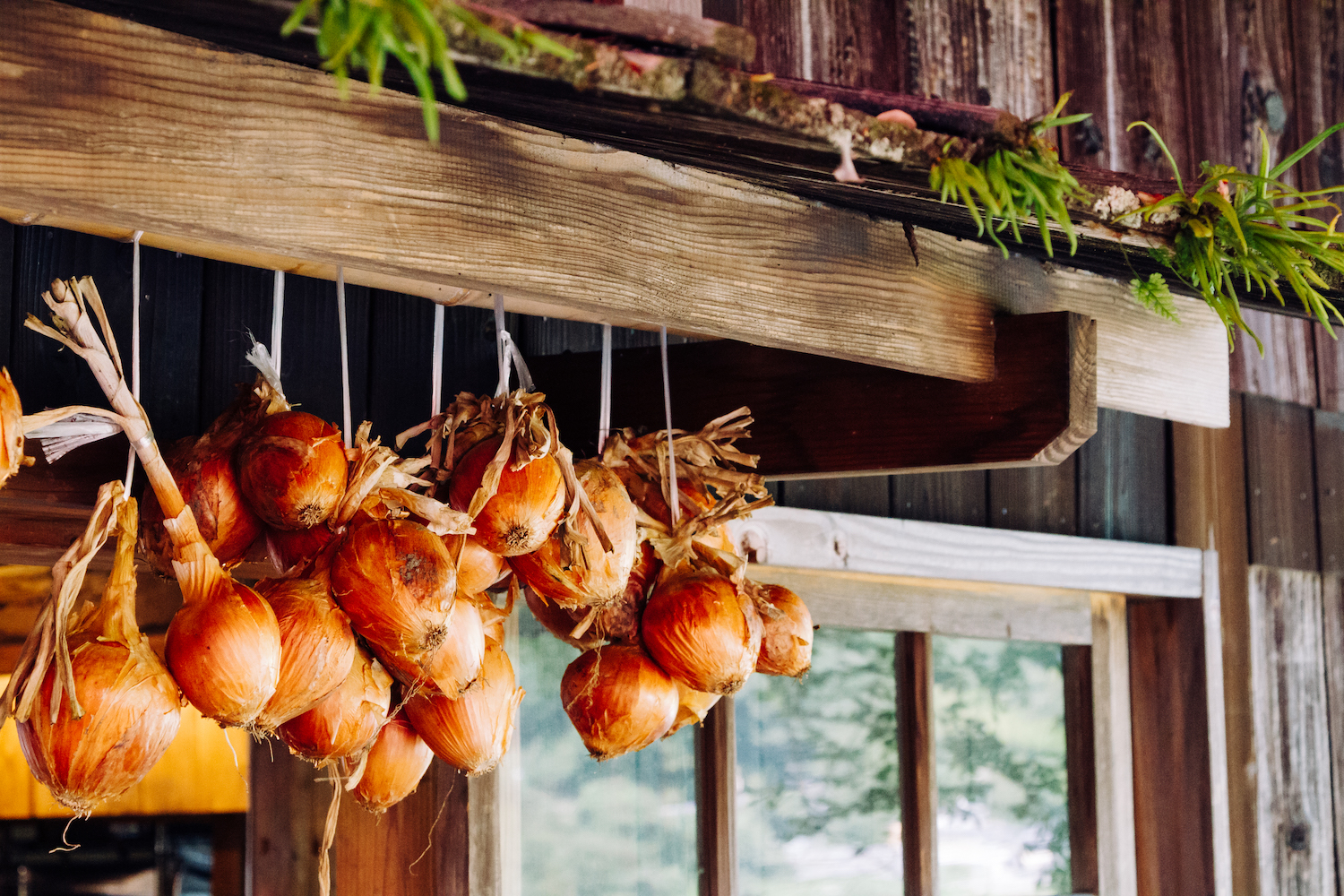
'After curing, trim the roots and tops of onions to about an inch,' says Robin. 'Garlic can be trimmed as well, leaving about an inch of stem.'
5. Storage
Once harvested, cleaned, trimmed and cured, the next step for your onions and garlic is storage. Don't fall down at the last hurdle, get this right and you can enjoy your crops from a late summer harvest until next spring.
'Place cured and trimmed bulbs in brown paper bags or onion/garlic nets,' advises Robin. 'Store them in a cool, dry, and dark location. A root cellar or a well-ventilated pantry works well.
'Ensure there is good air circulation around the bags or containers to prevent moisture buildup. Long-keeping onion varieties like Copra, Sturon, and Sweet Yellow Spanish tend to store better.
'I typically grow Sweet Yellow Spanish because of how well they last in storage. It is a long day onion that grows well here in Maryland and are surprisingly easy to grow.
'Some hardneck garlic varieties can last up to 10-12 months. After experimentation with several varieties of hardneck garlic, I grow Music hardneck garlic. I cure enough for my seed garlic for the next growing season along with enough for my family to eat until the next harvest.
'The Music garlic produces very large cloves and I have not had much spoilage with this variety. I have also not had any pests bother the Music Garlic in my garden.'
Jacky Parker is a freelance lifestyle journalist and writer, producing a wide range of features for magazines and digital platforms. She has written for Livingetc and its sister titles, Homes & Gardens and Country Homes & Interiors for more than 15 years, both as a freelance contributor and as Acting Digital Editor and Acting Style Content Editor, regularly reporting on the latest interiors, gardens and wellness inspiration, speaking to experts in their respective fields, and discovering the best tips.
Jacky has also written for other publications, including Sunday Times Style, The Telegraph, Architectural Digest, House Beautiful, ELLE Decoration, Red, Grand Designs and more.
